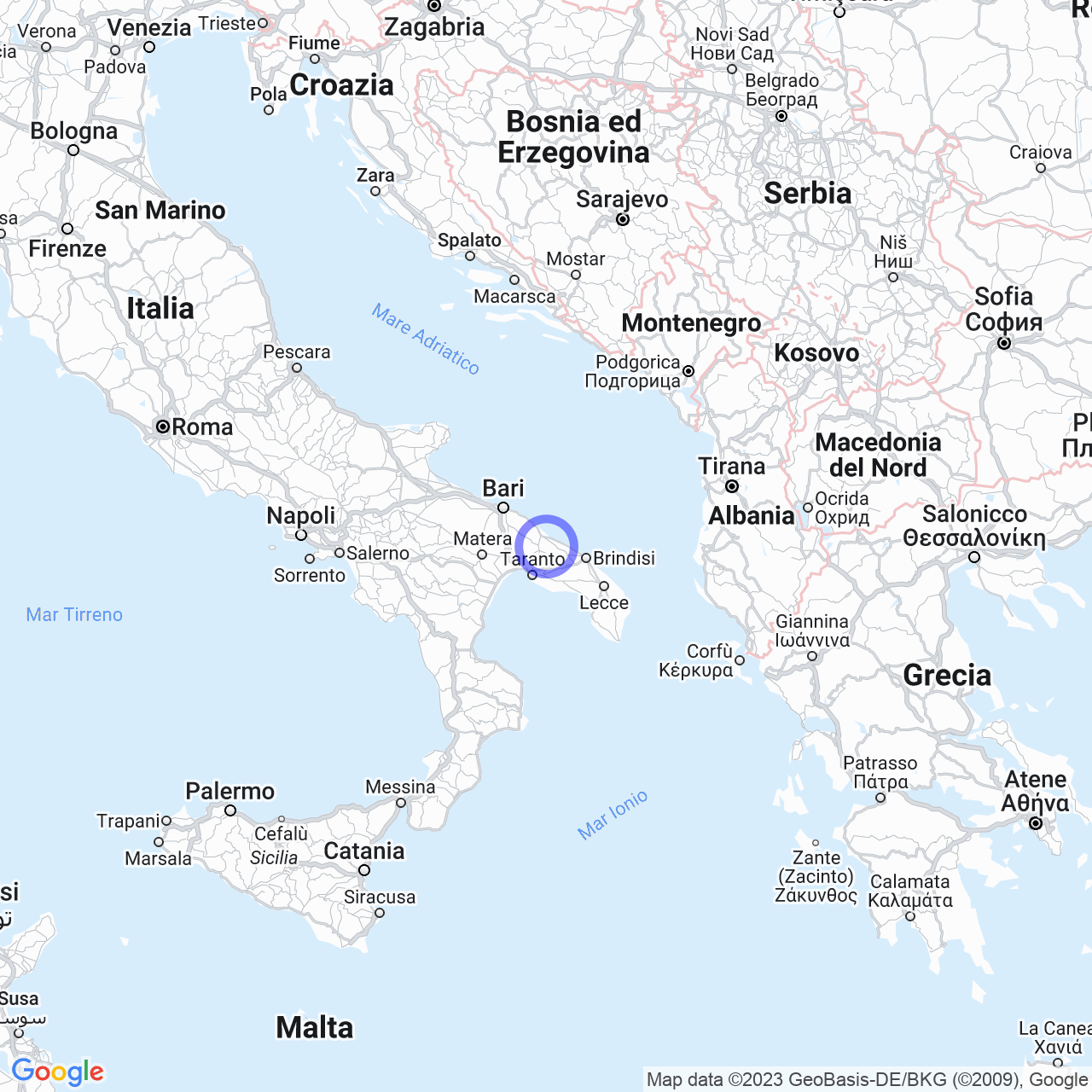Cisternino
Welcome to Cisternino: a small town with a rich history
Cisternino is a quaint town located in the Brindisi province of the Puglia region in Italy. With a population of 11,173, this small town has a lot to offer thanks to its privileged location overlooking the stunning Valle d'Itria in the Murge Pugliese. In this article, we will explore the physical geography, history, and monuments and places of interest of the town, delving into its rich culture and tradition.
Physical geography
Cisternino is located on the Murge plateau, 394 meters above sea level. This location provides a panoramic view of the Valle d'Itria. The town borders the province of Taranto and the metropolitan city of Bari.

History
The territory of Cisternino has been inhabited since the Middle-Late Paleolithic period by human nuclei from the northern peninsula or the Siculo-African area. Even today, prehistoric tools of all kinds are found in the area of monte Specchia, on the hills of Restano, and on the uncultivated slopes of Serra Amara.
The name Cisternino would come from the eponymous hero Sturnoi, a companion of Diomede, who after the Trojan War would have founded a nearby city which, later, occupied by Rome (ancient city), was called ''Sturninum'', the current Ostuni.
The historic center of Cisternino was reborn thanks to the Basilian monks who called it Cis-sturnium (on this side of Sturnium - Ostuni) in the Middle Ages. The first testimony about the Casale di Cisternino is given by the discovery, under the Romanesque church of San Nicola, of the remains of a small Christian temple, realistically built around the year 1000. Pope Alexander III, with a papal bull of February 26, 1180, assigned this church and the Casale di Cisternino to the Diocese of Conversano-Monopoli.
Symbols
The coat of arms of Cisternino, surmounted by a crown, is divided by a red and gold St. Andrew's cross. In the center is a silver pastoral staff flanked by two red roses on gold.
Demographic evolution
As we mentioned before, Cisternino has a population of about 11,173 inhabitants. Its population has increased in the last 50 years, especially thanks to tourism and the agri-food sector, which represent its main sources of income.
Monuments and places of interest
Cisternino is a town rich in art and culture. One of its most famous monuments is the historic center, an example of "spontaneous architecture", where historic buildings such as the Governor's Palace, the Episcopal Palace, the Amati Palace, the Lagravinese Palace, the Devitofranceschi Palace, and the Capece Tower are located. In the heart of the historic center, there is also the Torre di Porta Grande or Norman-Swabian Tower, from the medieval period, 17 meters high, and which constituted the main entrance to the city.
The town is also famous for its trulli, typical stone cone-shaped dwellings found throughout the Valle d'Itria.
In addition, the surrounding area of Cisternino offers many opportunities for hiking and walking. You can visit the Torre Guaceto regional nature reserve, located a few km from the city, or stroll through the olive groves and vineyards that characterize the surrounding landscape.
Conclusions
In conclusion, Cisternino is a town that boasts a rich history and tradition. Thanks to its privileged location, monuments, and places of interest, it represents an ideal destination for art and tourism lovers. We are sure that you will fall in love with this small Puglian town and its great beauty and culture.
